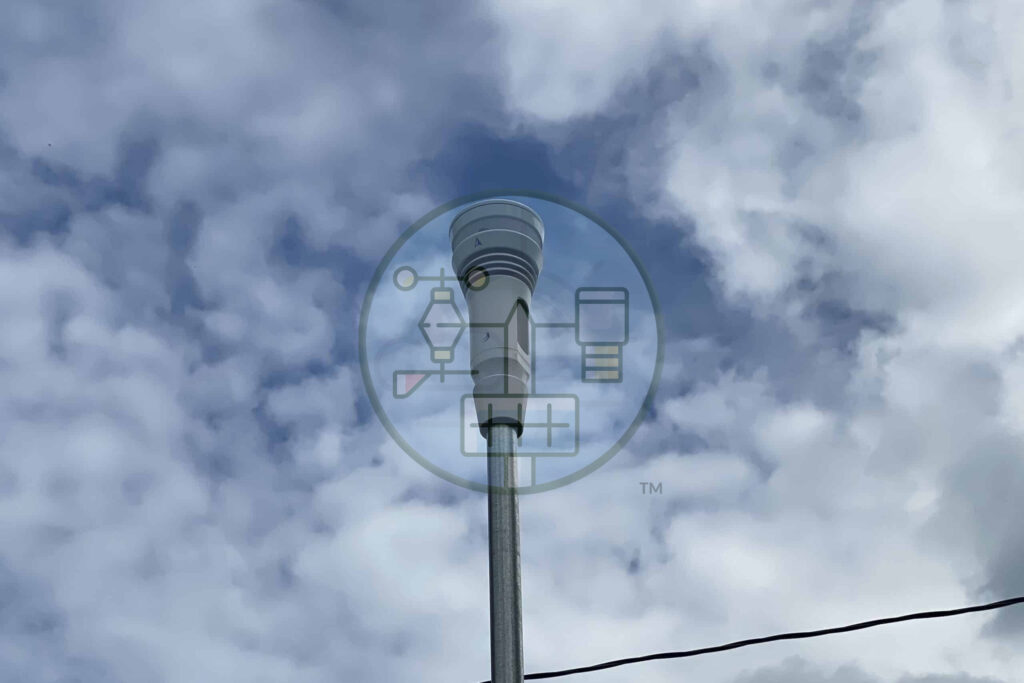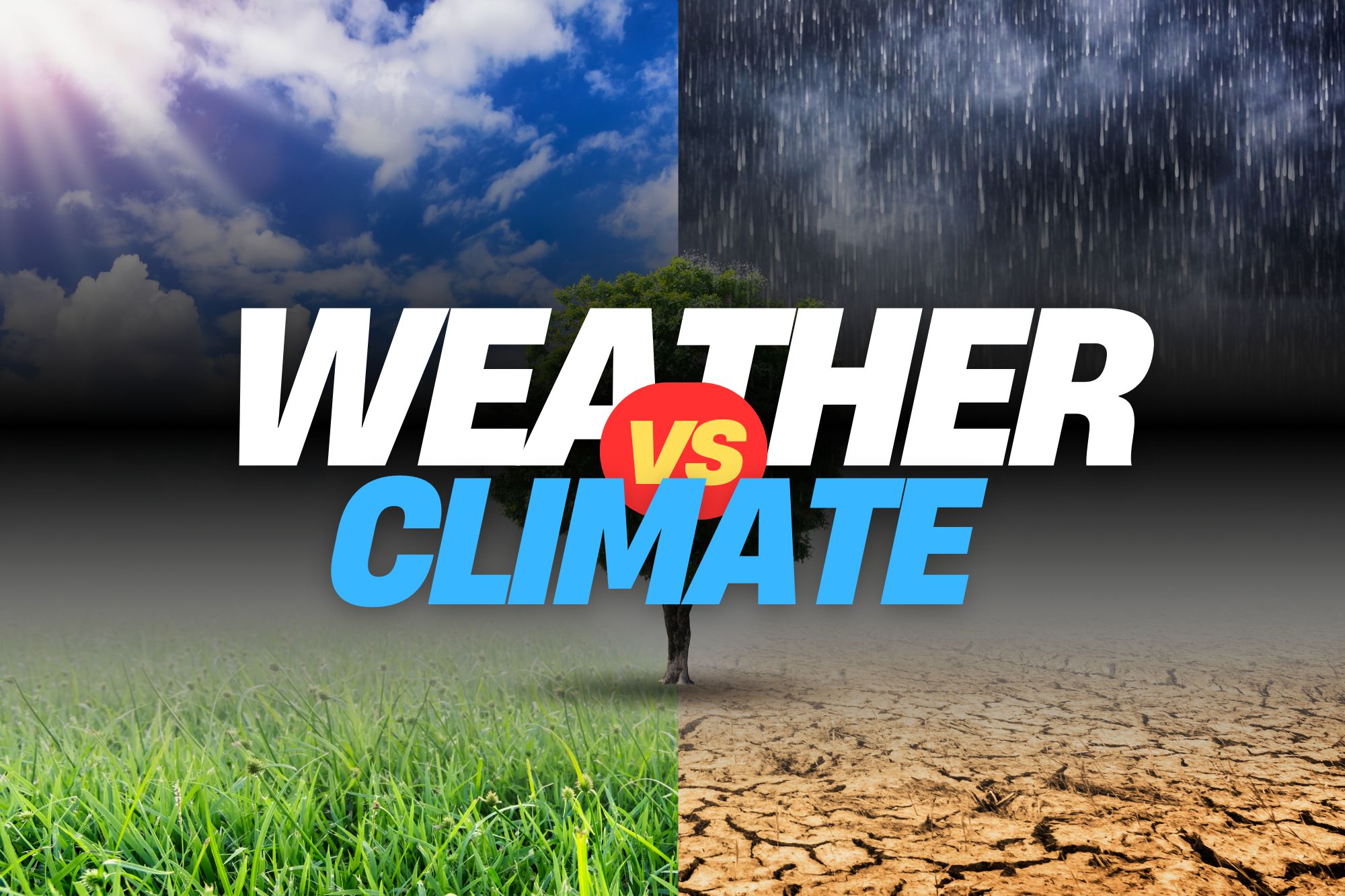When most people think about the weather, they’re thinking about conditions in the short term—the current temperature, what it’s like outside, and whether or not it will rain. On the other hand, climate refers to average weather conditions in a particular area over time. This post will explore the difference between weather and climate and discuss how they impact our lives.
The Difference between weather and climate
Weather is what you see outside your window on any given day, while climate describes the average weather conditions in a particular area over a long period.
Many factors can affect climate, including elevation, proximity to water, and prevailing winds. Short-term conditions, such as temperature, humidity, air pressure, and wind speed, determine the weather.
Weather is the conditions of the atmosphere at a given time and place. Climate is how the atmosphere behaves over long periods. In other words, the weather is what you experience daily, while climate is the big-picture view of the weather in a particular area. As you can see, weather and climate are similar but significantly different.
How does climate affect the weather?
Climate can affect weather in several ways. For example, the climate of an area can determine what type of weather conditions are likely to occur. Warm climates will more regularly experience hot weather and vice versa.
Climate can also affect weather patterns over time. For example, if the Earth’s climate changes and becomes warmer, it may fuel more extreme weather events. Limiting our influence on the climate may help reduce the risk of extreme weather events, but research into climate change’s influence on individual weather events is limited.
Does climate change affect our daily weather?
While weather and climate are two different things, they are often closely related. For example, global climate change is caused by persistent changes in the Earth’s weather patterns. Climate change typically refers to long-term changes in average weather conditions, but as we said before, its influence on individual weather events isn’t entirely understood.
Natural factors, such as changes in the Earth’s orbit around the sun (called Milankovitch cycles) or human activities like burning fossil fuels, can cause changes in the Earth’s climate. When most people talk about climate change, they refer to the long-term trend in average Weather conditions. This can include changes in temperature, precipitation, or wind speed.
It’s important to remember that weather and climate are two different things. Weather is what’s happening outside right now, while climate is a long-term average of the weather. Climate change refers to changes in the Earth’s climate over time, both short-term and long-term.
What is the Milankovitch Cycle?
The Milankovitch Cycle is a long-term change in the Earth’s orbit around the sun that affects the amount of sunlight our planet receives. This cycle influences weather and climate by affecting the Earth’s temperature and precipitation. The Milankovitch Cycle is named after Serbian geophysicist and astronomer Milutin Milankovitch, who first proposed the theory in the 1920s. Scientists continue to study the Milankovitch Cycle to understand how it affects climate.
There are three parts to the Milankovitch Cycle: eccentricity, axial tilt, and precession. Eccentricity is the shape of Earth’s orbit around the sun, which changes over time. Axial tilt is the angle at which the Earth rotates on its axis, which also changes over time. Precession is a wobble in the Earth’s rotation that causes its poles to move slowly around the planet.
Each part of the Milankovitch Cycle can affect climate in different ways. Eccentricity affects the Earth’s temperature, axial tilt affects seasonal extremes, and precession affects the timing of these seasons. Eccentricity happens on 100,000-year cycles, while changes in axial tilt occur in 41,000-year cycles. Changes in precession occur the most frequently, but that’s still a 28,000-year cycle!
Why are climate normals averaged over 30 years?
Climate normals are the average weather conditions over a particular period, and we can use them to help us understand how the climate has changed over time. Meteorologists use 30 years to calculate climate normals because it’s long enough to include a wide range of weather conditions and smooth out extreme cold and heat.
The National Climatic Data Center (NCDC) collects historical data. This information is used to calculate climate normals for different periods. NCDC collects data from Weather stations all over the country, and they use this data to create a detailed map of the average weather conditions in each area.

Tracking Weather and Climate Yourself
You can purchase a weather station if you’re interested in tracking weather and climate. Weather stations are small devices that measure the weather conditions in your area. They can track temperature, humidity, air pressure, and wind speed right in your backyard.
We have a list of top home weather stations to consider, including our picks for the best cheap weather stations.
You can also use weather apps on your phone or computer to track the weather and climate in your area. These apps usually have built-in weather maps showing current weather conditions and historical weather data. The biggest downside to these apps is they’re nowhere near as accurate as a home weather station.


